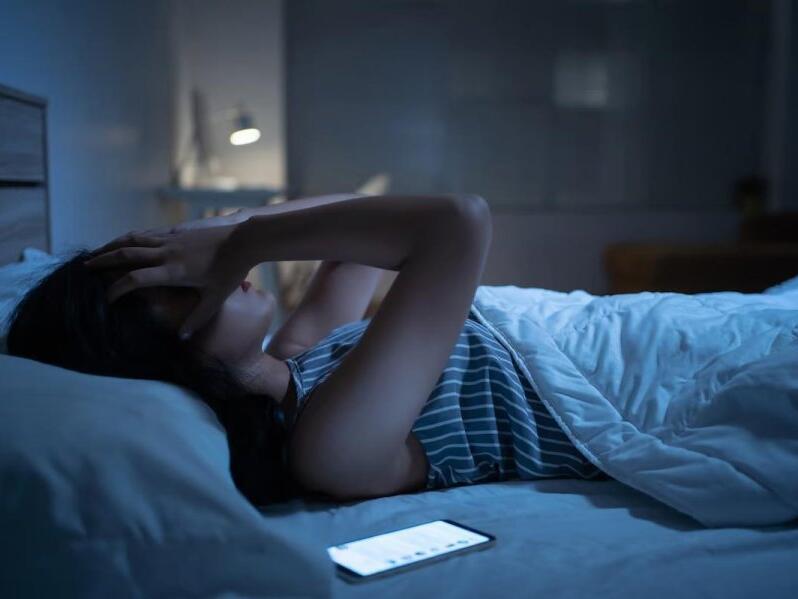Physical Address
304 North Cardinal St.
Dorchester Center, MA 02124
Physical Address
304 North Cardinal St.
Dorchester Center, MA 02124

Many young adults are diving into “bed rotting” and other viral sleep trends that are popular on TikTok and other social media platforms, according to a new poll.
Sleep experts suggest that while these trends might not cause immediate harm, it’s better to consult a doctor if one’s nighttime rest is inadequate.
“It is critical to differentiate whether the reason for experimenting with new ‘sleep trends’ is because of existing difficulties with sleep or unsatisfactory wakefulness, as utilizing trends like ‘bed rotting’ may actually worsen the sleep problem you may be experiencing,” said Dr. Anne Marie Morse, a sleep medicine physician for Geisinger Health System in Pennsylvania.
According to a new survey from the American Academy of Sleep Medicine (AASM), about 37% of Americans have tried one or more of this year’s viral sleep trends.
Members of Generation Z are particularly drawn to these trends, with 55% saying they’ve tried at least one.
“Bed rotting” involves staying in bed, occasionally for up to a day or more, with the hope of improved rest, even while engaging in activities other than sleep, experts explained.
Approximately 24% of Gen Zers surveyed have given bed rotting a try.
This trend signifies a shift in how people utilize their time in bed. More than half of the respondents (51%) admitted to spending over 30 minutes in bed before attempting to sleep, and 27% linger in bed most mornings before getting up.
“These trends may not be inherently harmful, but it’s important to remember that the bed’s primary purpose is for sleep,” commented Morse, a spokeswoman for the AASM.
“Consistent sleep schedules, regular timing of bedtime and waking, and not going to bed unless you are sleepy, reinforce the bed’s role as a place for sleep and help maintain ease of falling and staying asleep,” Morse added.
Other trends in sleep include experimenting with “natural sleep aids” and varying sleep routines.
Nearly 9% of people have tried magnesium drinks, popularly termed the “sleepy girl mocktail,” while another 9% have adopted the habit of sleeping in 90-minute intervals. This particular practice is more popular among Gen Z, with 15% having experimented with it.
Social sharing about sleep has become so prevalent that some people watch livestreams of others sleeping (8%), while others broadcast their own sleep (7%), according to the poll.
“As an avid social media contributor, I attempt to be a resource for all things sleep across platforms, and it is exciting to see increasing awareness and socialization about optimizing sleep, rather than the continued stigma, perpetuation and even championing of ‘getting away with’ less sleep,” said Morse, who uses the handle “@DAMMGoodSleep” on social media.
“Sleep problems are common and treatable; however, the right solution for the specific issue at hand is necessary,” Morse added.
The AASM suggests adults aim for seven or more hours of sleep each night and maintain a consistent sleep/wake schedule.
Experts also recommend that people facing sleep issues should keep a sleep diary for a week or two and share it with their doctor.
For more information, the Sleep Foundation offers insights into good sleep hygiene.
Copyright © 2024 HealthDay. All rights reserved.
Source: HealthDay News



